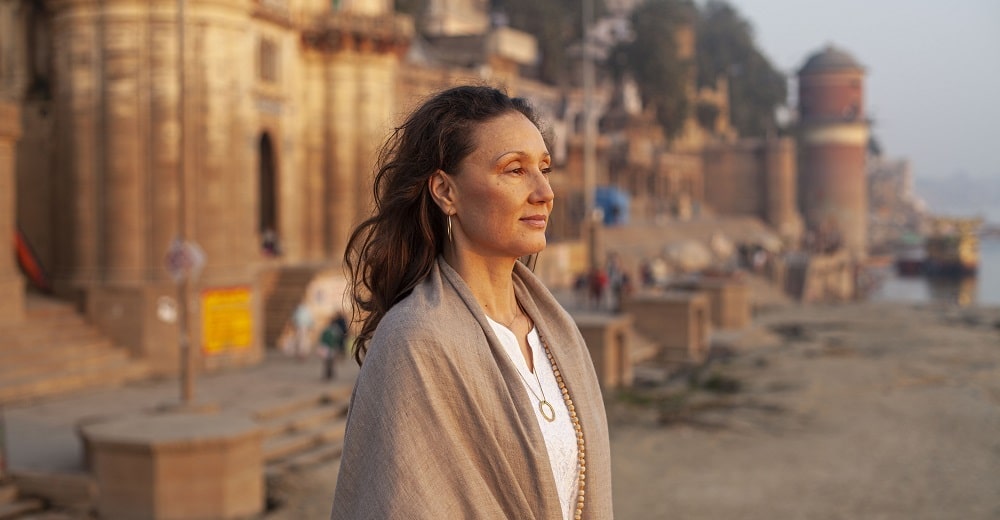
- Erstelle eine Playlist mit deinen „Lieblings-Happy-Songs”, um zwischendurch deine Laune anzuheben.
- Bewege deinen Körper vor 10 Uhr morgens. Tanze vor dem Frühstück 15 Minuten lang zu lauter und belebender Musik. Das ist gut für deinen Kreislauf und unterstützt die Serotoninproduktion (das Glückshormon).
- Lass die Dinge weiterfließen. Das Leben muss nicht ganz aufhören. Sage nach Möglichkeit deine Termine nicht ab, sondern verschiebe den Termin auf einen späteren Zeitpunkt.
- Bleibe flexibel. Jetzt ist die Zeit, anpassungsfähig zu sein und um die Ecke zu denken. Halte deinen Geist offen, um kreative Lösungen und Alternativen zu finden.
- „Every cloud has a silver lining“ … Obwohl es viele Dinge gibt, die wir im Moment nicht begrüßen, suche nach dem Guten. Schreibe eine Liste all der Dinge, die in dieser unerwarteten Situation „gut” für dich sind. (In meinem Fall freue ich mich darauf, die englische Version meines Buches zu bearbeiten, da mein Unterricht für den ganzen April abgesagt wurde. Außerdem kann ich durch die Zeit, die ich zu Hause verbringe, jeden Tag mehr Zeit für meine Meditations- und Yoga-Praxis aufwenden)
- Nimm dir die Zeit, dich jeden Tage bei deinen liebsten Menschen meldest. Teile den anderen mit, wie du dich fühlst. Höre aufmerksam zu, was andere erleben und versuche sogar gemeinsam zu lachen. Wer sind die Menschen, mit denen du lange nicht gesprochen hast? – Rufe sie an!
- Überlege dir, welche Qualitäten du im Moment am meisten benötigst. Verkörpere diese bewusst in deiner täglichen Yoga- und Meditationspraxis. Gehe online und entdecke alle derzeit verfügbaren Yoga- und Meditationsklassen.Du findest meine Online-Klassen mit Tint und Yogaeasy auf meiner Website. Zusätzlich werde ich auch donnerstags eine wöchentliche Klasse für Patrick Broome Yoga anbieten.
- Gehe früh zu Bett und stehe früh auf. Die stärkste Zeit für die Aktivität des Immunsystems liegt zwischen 20 – 22 Uhr – aber nur, wenn wir zu dieser Zeit im Tiefschlaf sind. Ruhe dich aus und mache außerdem täglich 20 bis 30 Minuten sanfte Yogaübungen. Vermeide dabei eine hohe Intensität.
- Sorge gut für dein Verdauungssystem – dort sitzt auch dein Immunsystem. Beginne den Tag mit einer Tasse heißem Wasser – entweder mit etwas frischer Zitrone oder einem Tropfen ätherischem Zitronenöl. Bleibe gut mit Flüssigkeit versorgt. Fülle eine Thermoskanne mit heißem Wasser, um es über ganzen Tag verteilt zu trinken.
- Nimm dir täglich Zeit, um Yoga Nidra zu praktizieren (finde einige Audio-Aufnahmen im Netz). Alternativ kannst du am Nachmittag ein 20-minütiges Savasana mit beruhigender Musik machen, um dein Nervensystem wieder aufzuladen.
Komme gesund durch diese Zeit!




















